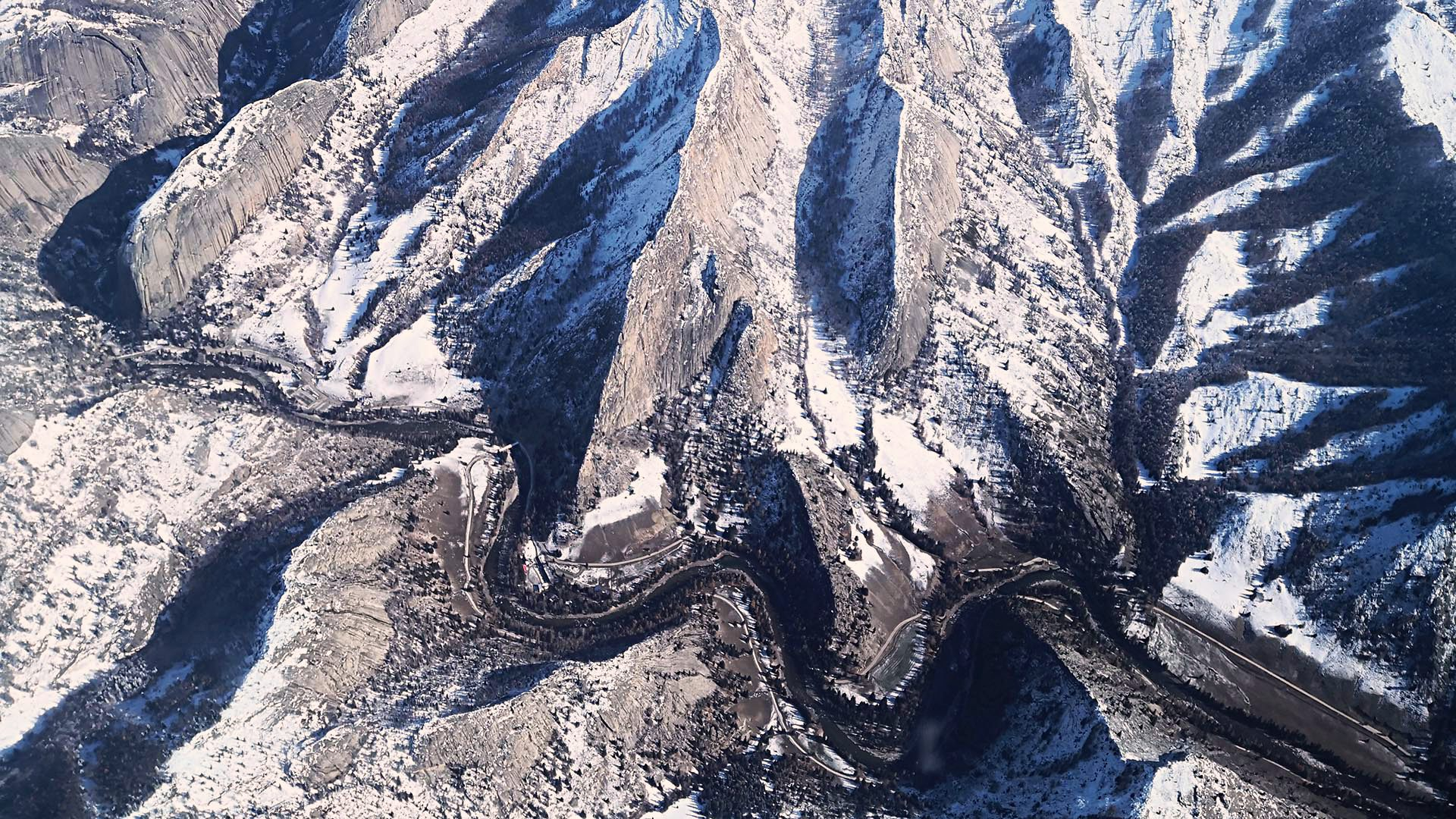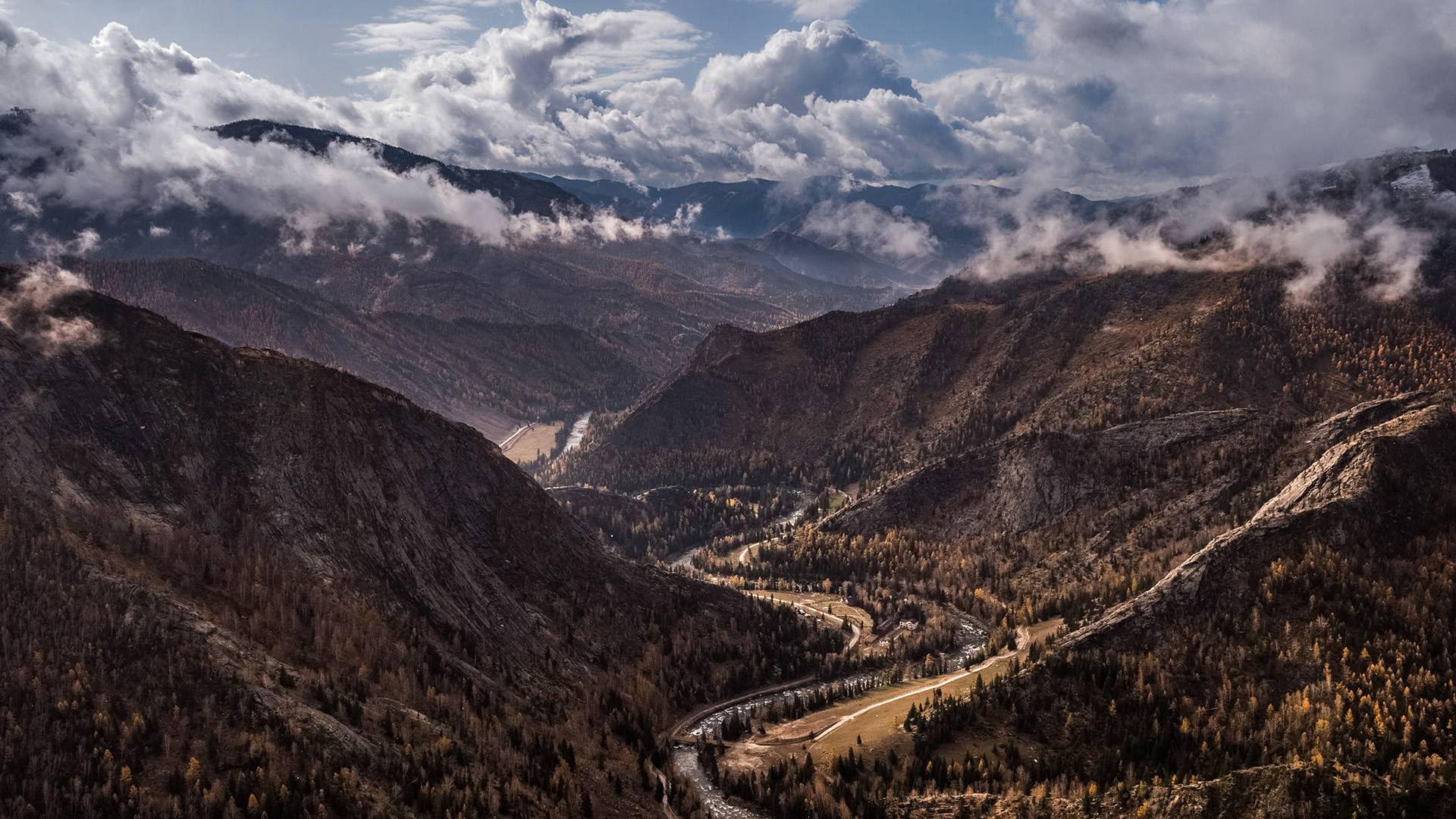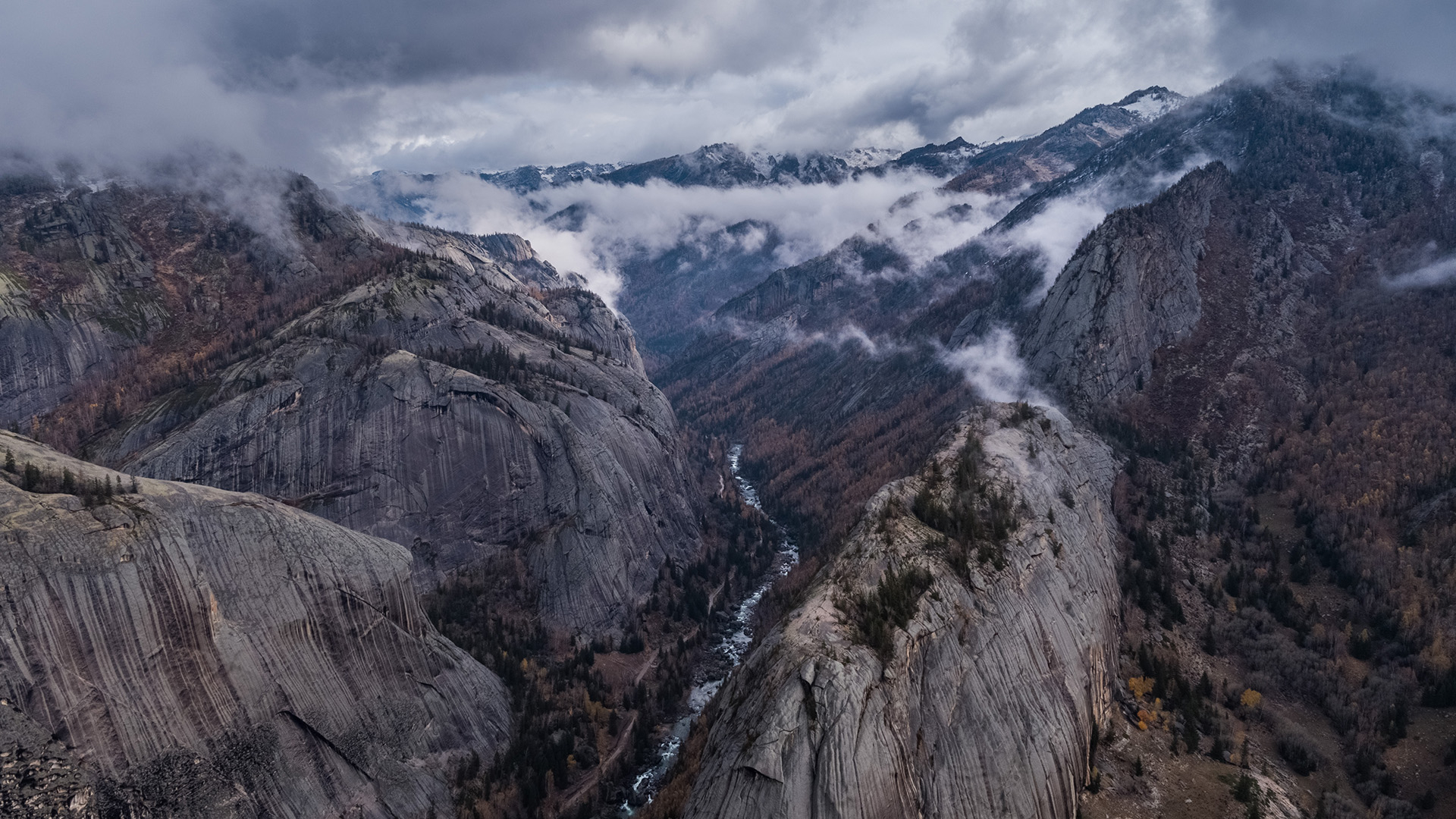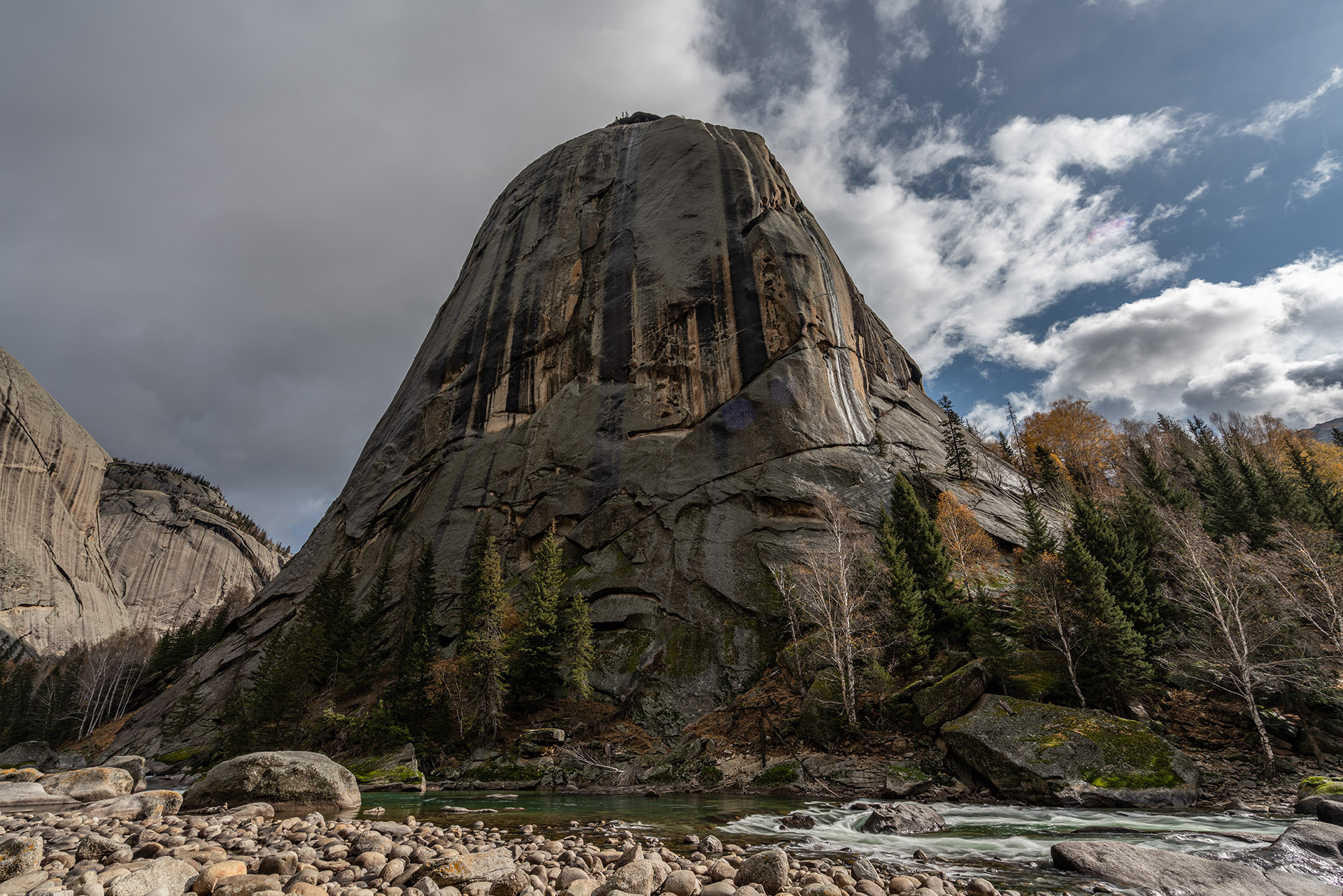Rising from the embrace of the Altai Mountains, a grand canyon draws numerous marvels with its peculiar landscapes and mysterious geological wonders. This is the Irtysh Grand Canyon in northwest China's Xinjiang Uygur Autonomous Region.

Aerial view of the Irtysh Grand Canyon in northwest China's Xinjiang Uygur Autonomous Region. /CGTN Photo
Aerial view of the Irtysh Grand Canyon in northwest China's Xinjiang Uygur Autonomous Region. /CGTN Photo
If the earth has a face, the Irtysh Grand Canyon is merely a 70-kilometer-long "tiny" scar, almost nothing compared with the world's largest canyon – the Yarlung Zangbo Grand Canyon, almost 500 kilometers long, in southwest China's Tibet Autonomous Region. However, this canyon is the cradle to some of the world's rarest minerals and chemical components.

The Irtysh Grand Canyon in northwest China's Xinjiang Uygur Autonomous Region. /CGTN Photo
The Irtysh Grand Canyon in northwest China's Xinjiang Uygur Autonomous Region. /CGTN Photo
The 2,969-kilometer-long Irtysh River originates from deep inside the dense primeval forests in the canyon, rushing westward and eventually meets the Arctic Ocean in the north.
As you drive into the canyon, the smooth yet steep cliffs on both sides might make you wonder what Mother Nature does to carve out such unbelievable sculptures.

Granite landforms of the Irtysh Grand Canyon in northwest China's Xinjiang Uygur Autonomous Region. /CGTN Photo
Granite landforms of the Irtysh Grand Canyon in northwest China's Xinjiang Uygur Autonomous Region. /CGTN Photo
This is a typical biotite granite landform. Biotite is used to describe dark mica, an ingredient that is also used to make shiny cosmetics. And the most significant characteristic of this landform here is that the rocks have a structure that's similar to onions. Due to cold weather, the granite would split like the layers of onions and develop into steep mountains with smooth surfaces.
The landform was formed in the Yanshanian Period, which was 65 to 208 million years ago. In 1931, a powerful magnitude-8 quake erupted in this region, which further deepened and widened the canyon.

The "Shenzhong Mountain," or "bell mountain," in the Irtysh Grand Canyon in northwest China's Xinjiang Uygur Autonomous Region. /CGTN Photo
The "Shenzhong Mountain," or "bell mountain," in the Irtysh Grand Canyon in northwest China's Xinjiang Uygur Autonomous Region. /CGTN Photo
The earthquake also brought the geological mysteries present in today's canyon. Several mines were found after the violent crustal movement. In 1979, a new mineral – a colorless stone – was found near the Irtysh River and named after it. The stone was also known as Ertixiite and was the only known one in the world. For almost half a century, studies of this mysterious rock continue.
Earth, this giant blue marble we live on, is a miraculous existence in the solar system. 4.54 billion years of growth and change of our planet has left marks on its face. From mountains to canyons, from oceans to deserts, from volcanos to glaciers, the skin of the earth not only gives us marvels, but also an ongoing record of the history of Earth.
(All photos are provided by CGTN Nature's film crew.)
(If you want to contribute and have specific expertise, please contact us at nature@cgtn.com)